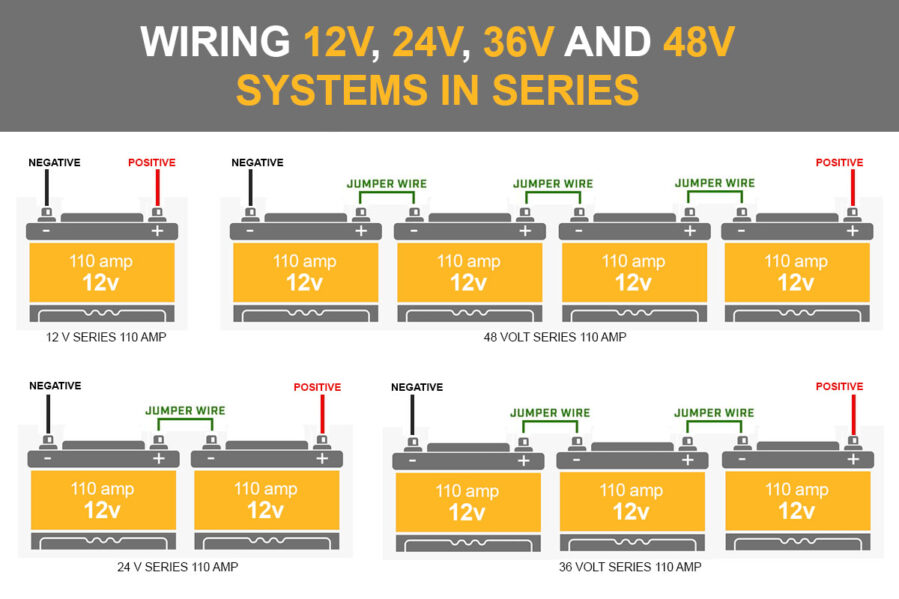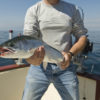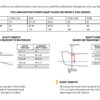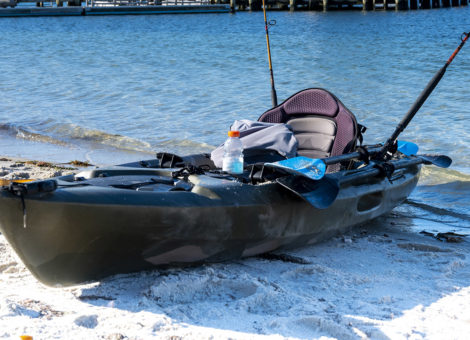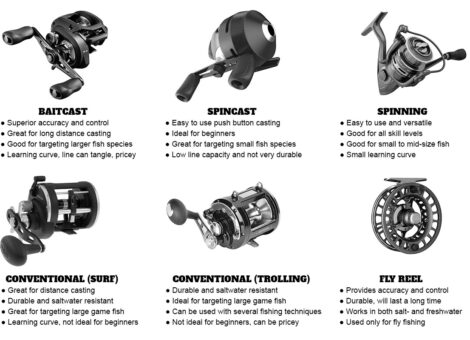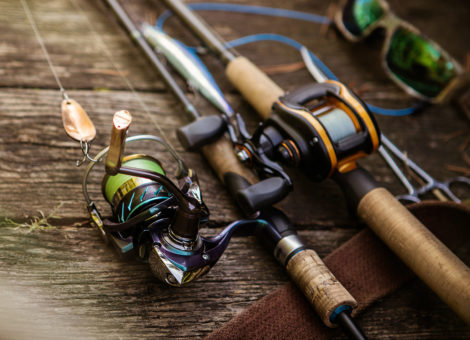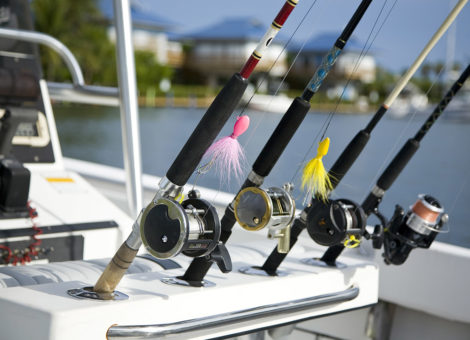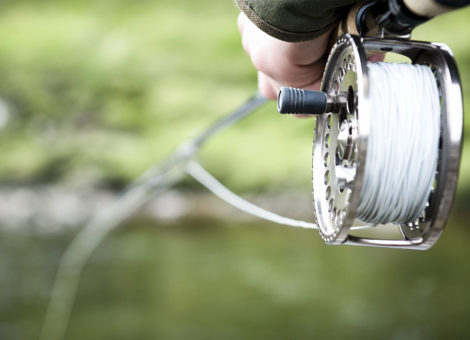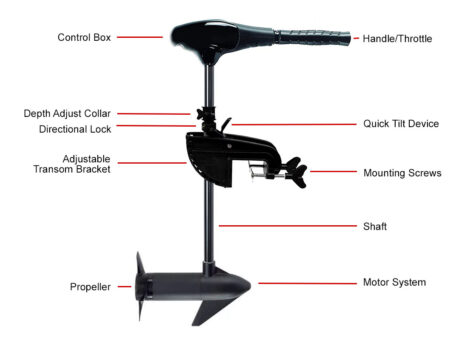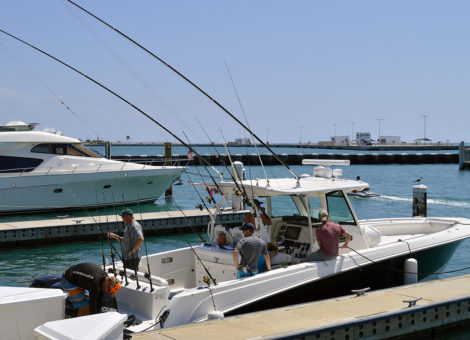Smaller, lighter boats, including Jon boats, flats skiffs, even kayaks, typically require a single 12v marine battery to meet trolling motor thrust and power requirements. Larger boats, including bass boats, bay boats, and cruisers with greater thrust requirements, and more powerful trolling motors, will require 24v or 36v systems.
To create the 24v and 36v systems required to produce adequate power (voltage) for larger trolling motors, multiple 12v batteries must be wired in a “series”. For example, two 12v deep cycle marine batteries wired in series will produce 24 volts (12v + 12v = 24v). Alternatively, batteries may be wired in parallel to increase running time.
When wiring batteries in series, in parallel, or any other sequence, it’s imperative the batteries are wired correctly. Incorrect wiring could damage your battery, your trolling motor, and cause injury to yourself and others. It’s also important batteries are of the same type, size (volts/amps), manufacturer, and age.
The following diagrams provide instructions for wiring batteries in series to produce 12v, 24v, and 36v systems, as well as diagrams for wiring batteries in parallel at a given voltage to increase running time. Make sure you never feed more voltage into a trolling motor than what it’s rated.
- Wiring a Single 12 Volt System (1 Battery)
- Series vs Parallel Wiring
- Wiring in Series – 24v, 36v and 48v systems
- Wiring in Parallel – 12v and 24v systems
- Additional Wiring Instructions
Wiring a Single 12 Volt System (1 Battery)
Setting up a 12 volt trolling motor is as simple as connecting the red (+ Postive) and black (- Negative) wire leads from the motor to the corresponding positive and negative terminal/post on the 12 volt marine battery.
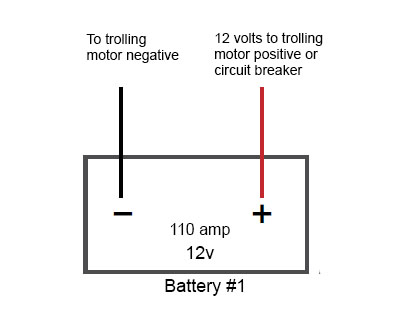
Sometimes a simple 12 volt system is insufficient to meet the needs of an angler. There are two likely scenearios you may face. First, a 12 volt system may not provide enough thrust or speed. Second, a 12 volt system may not provide enough running time. If you find yourself in either of these scenarios you will benefit from adding one or more batteries to your system.
Series vs Parallel Wiring
How you wire batteries in a system will determine if you generate more power to improve thrust and speed, or if you generate more capacity (amp-hours) to improve running time. To improve voltage and power, you’ll wire batteries in series. To improve capacity and running time, you’ll wire batteries in parallel.
When wiring marine batteries in series or parallel, it’s important to understand the difference between amperage and voltage. In short, amperage is the measure of volume of current produced by a power source, while voltage is the measure of force of electricity. In lay man’s terms, voltage equates to power and amperage to capacity.
Once you’ve determined whether you need more voltage (power) or amperage (capacity), you can use the diagrams below to help you wire your batteries in series or parallel.
Wiring in Series – 24v, 36v and 48v systems
Wiring in series adds together the voltage of two or more 12 volt batteries. So, a 24 volt system will require 2 standard 12 volt marine batteries in a series (12v + 12v = 24v). A 36 volt system will require 3 standard 12 volt marine batteries in a series (12v + 12v + 12v = 36v). Wiring a system in series will produce additionl voltage and power (thrust).
24 Volt System (2 Batteries)
Wire two 12v batteries in series to produce a 24-volt system with amp hour capacity unchanged.
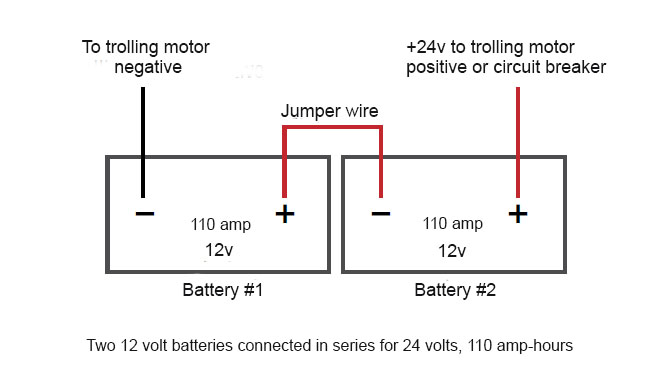
36 Volt System (3 Batteries)
Wire three 12v batteries in series to produce a 36-volt system with amp hour capacity unchanged.
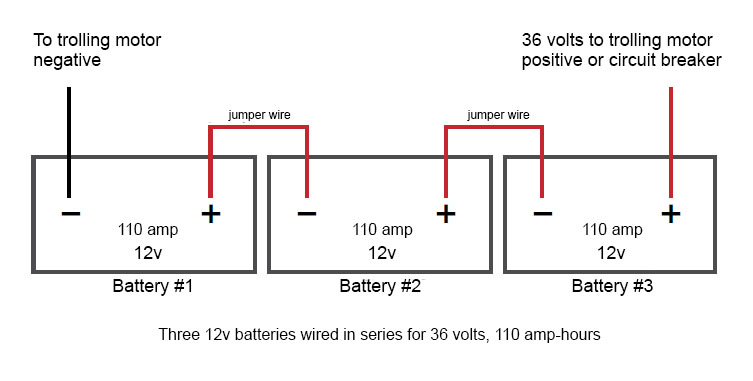
48 Volt System (4 Batteries)
Wire four 12v batteries in series to produce a 48-volt system with amp hour capacity unchanged.
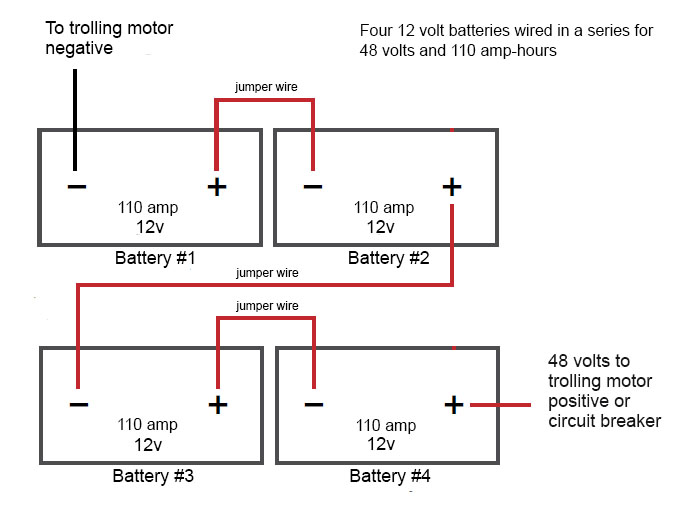
Wiring in Parallel – 12v and 24v systems
Wiring in parallel sums the amp-hours produced by each battery while maintaining voltage level the same. So, if we take 2 identical 12 voltage, 110 amp-hour batteries and wire them in parallel, we end up with a 12 volt system that produces 220 amp-hours of capacity and extended running time.
12 Volt System (2 Batteries)
Wire two batteries in parallel to provide a 12-volt system with increased amp hour capacity (run time).
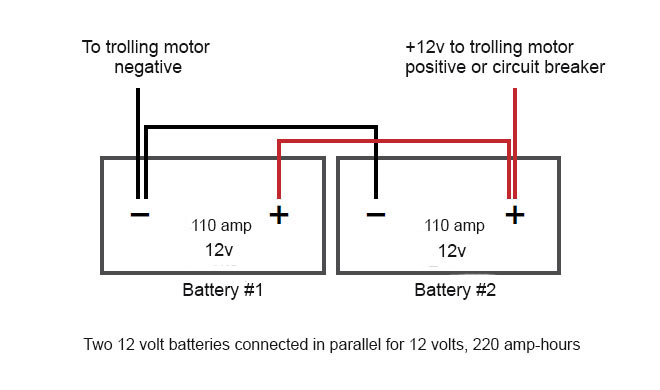
Two 110amp hour (Ah) batteries wired in parallel will generate 220 amp hours and 12-16 hours of runtime.
24 Volt System (4 Batteries)
Wire four batteries in series and parallel to provide a 24-volt system with increased amp hour capacity (run time).
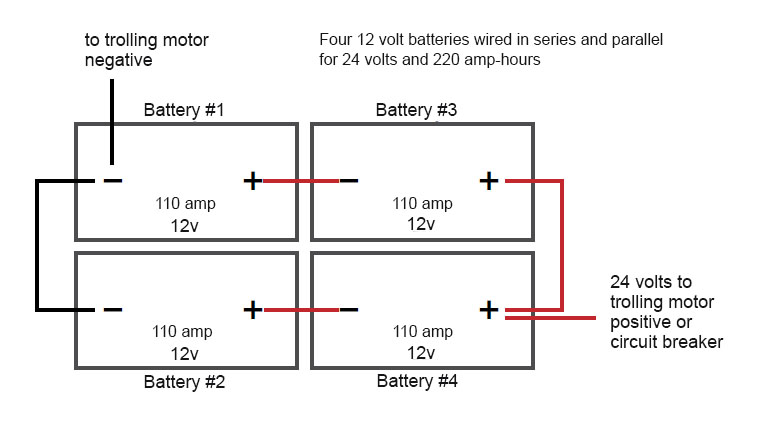
Four 110amp hour (Ah) batteries wired in series and parallel will generate 220 amp hours (12-16 hours of runtime) and 24 volts.
Note: A 110 amp hour (Ah) rated deep cycle marine battery will generally produce 6-8 hours of runtime.
Additional Wiring Instructions
Wiring in series or parallel is the best way to improve the performance of your battery systems to produce needed capacity and power. However, it’s important when setting up wiring that you also consider a few other elements.
- Circuit Breaker. It is important that you include a 60amp circuit breaker or fuse between your battery system and motor to protect your motor from potential surges that could damage electrical systems and the control board. A circuit breaker or fuse should be wired to the positive lead within about 12″ of the battery.
- Battery Type. Again, when wiring your batteries in series or parallel, the batteries should be the same type (i.e. all lead-acid, all AGM or all Lithium), size (volts/amps), manufacturer, and age.
- Battery Charger Connection. If possible, use an onboard charger to keep trolling motor batteries charged. Simply wire each charger bank to each respective battery.
- Safety. To avoid shorts, I recommend covering positive battery terminals with electrical tape or a shield. This will prevent them from coming in contact with other wiring, battery connections, or metal objects.


